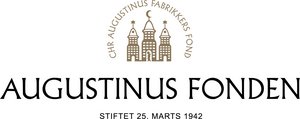Khirbet al-Khalde Survey Campaign 2023
At the end of July the first campaign of the new co-directed archaeological project at Khirbet al-Khalde in the Wadi Yitm (Jordan) was wrapped up in extreme heat.
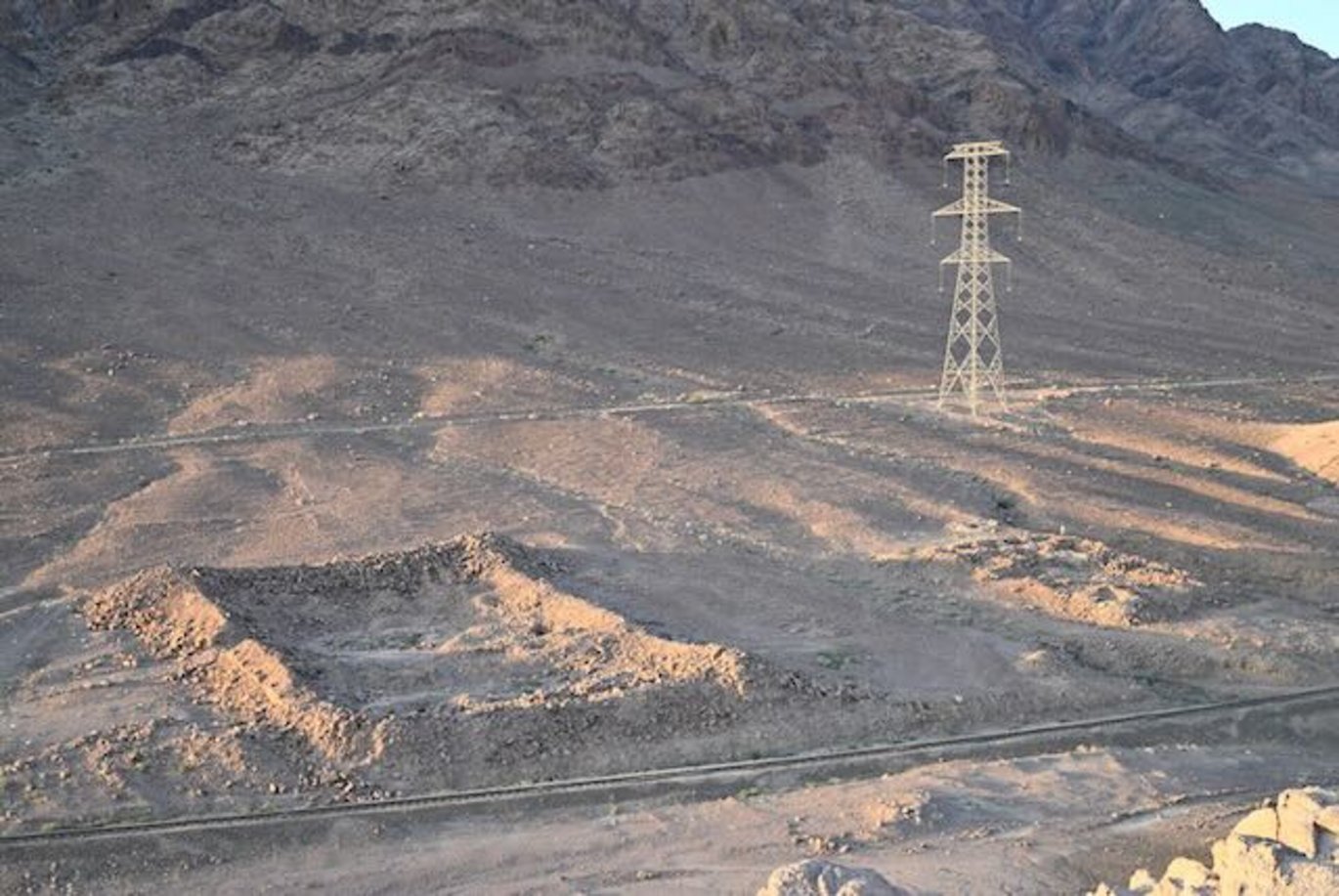

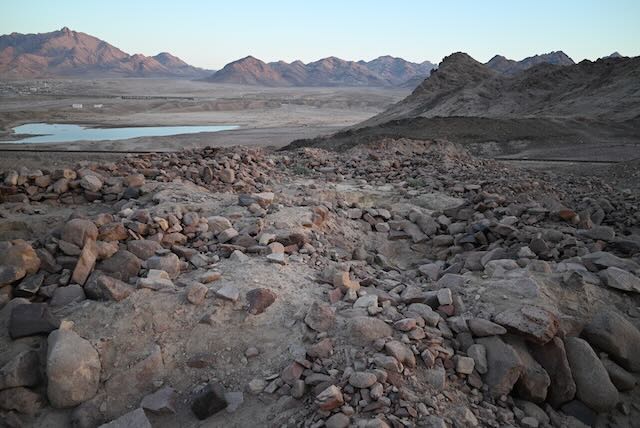
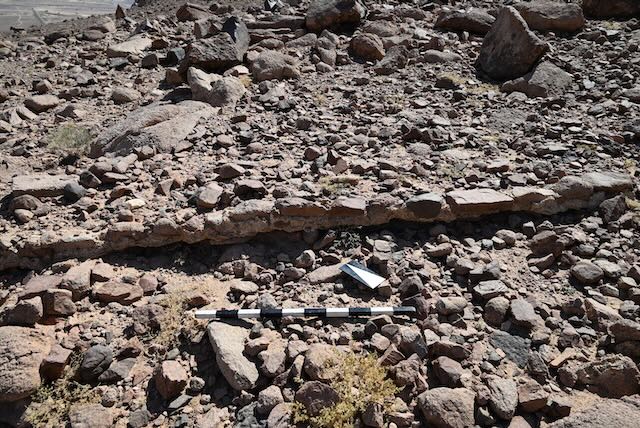
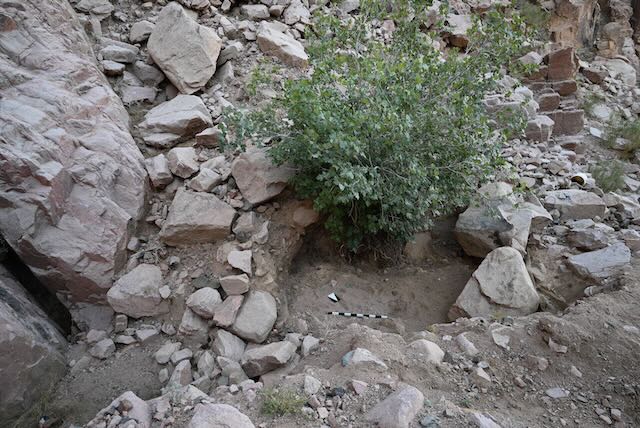
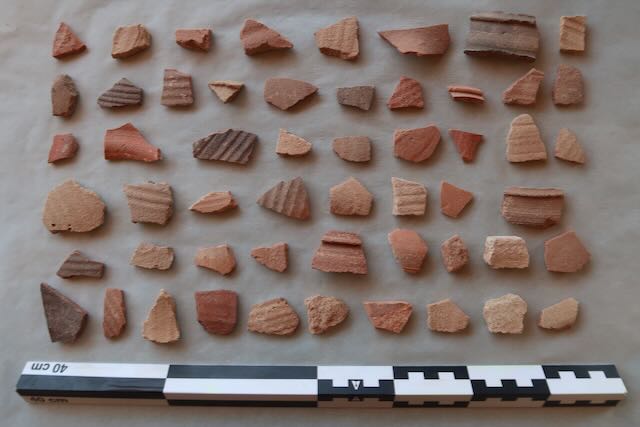
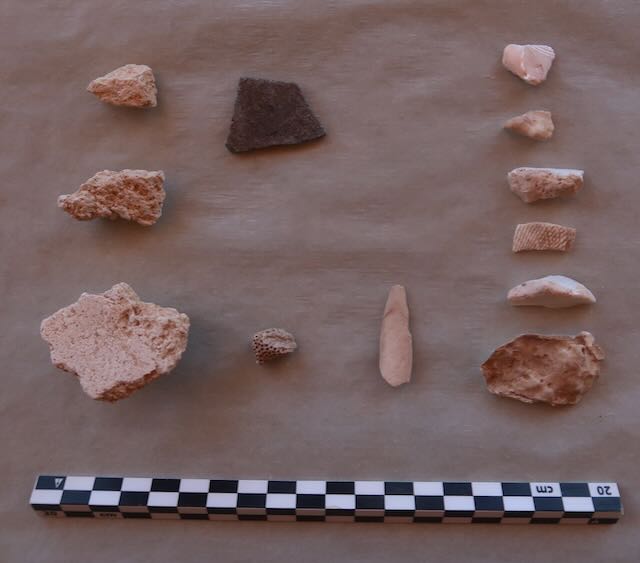
Several UrbNetters were part of the first campaign team. The new international collaborative project is jointly directed by Rubina Raja, UrbNet (Denmark), Craig Harvey, University of Alberta (Canada), and Emanuele E. Intagliata, University of Milan (Italy).
The surveyed site was part of the region’s central transportation network, the Via Nova Traiana, but also existed before the road was consolidated in the Roman period. Despite its strategic location and the imposing remains of the site’s military fort, presumed caravanserai, and hydraulic infrastructure, Khirbet al-Khalde has, however, remained understudied until now, and the site’s history and archaeology are not understood in sufficient detail in a longue durée perspective. Furthermore, the site has never been studied in any great detail, nor has it been examined in a perspective that locates it within the wider framework of the transport network and economy of this part of the ancient world and beyond. This is what the new Khirbet al-Khalde Archaeological Project seeks to rectify.
The main objects of the project are to:
- develop an improved chronology for the site
- investigate the site’s resilience
- investigate the role of trade, including long-distance (Red Sea) and regional trade
- provide a risk assessment to the site.
To address these objectives, the team during this this campaign conducted a surface collection, a detailed architectural survey, and a preservation assessment, combined with drone photography of the site and its immediate region.
A total of 19.846,266 m2 was surveyed. Over the course of the campaign, more than 25,000 pottery sherds were collected, registered, documented and thereafter studied in detail by the team’s ceramicist Dr. Sarah Wenner. The pottery stems from the Nabataean, Late Roman, and Early Byzantine periods (c. mid 1st to 5th CE). A smaller fraction date to post-classical periods. Other noteworthy finds were mortar pieces, sherds of glass, bone and shell fragments, coins, and a fragment of inscribed stone. All finds are being prepared for publication in the course of the next academic year.
The survey covered the areas to the east and north of the fort, between the fort and the caravanserai, within the fort and the caravanserai, around the two watchtowers, and to the north of the railroad that cuts one of the fort’s corners. The architectural survey was conducted in the fort and caravanserai. In addition, the almost 1 km long aqueduct, running from the spring to the east of the fort, was documented. In the spring area, a stone-built water tank was documented for the first time.
The damage assessment revealed quite heavy damage to the site over the years and numerous illicit excavations, especially in area of the fort and caravanserai.
The first publications from the project are already underway, and the campaign will be fully published within the next year in order to make the results available to the academic community.
The project directors would like to thank the Department of Antiquities of Jordan for their support and help before, throughout and after the campaign. The results of the campaign will be presented at the ASOR 2023 conference in Chicago in November – a conference at which Rubina Raja will also be giving the plenary keynote lecture on her research on Palmyra (https://www.asor.org/am/).


